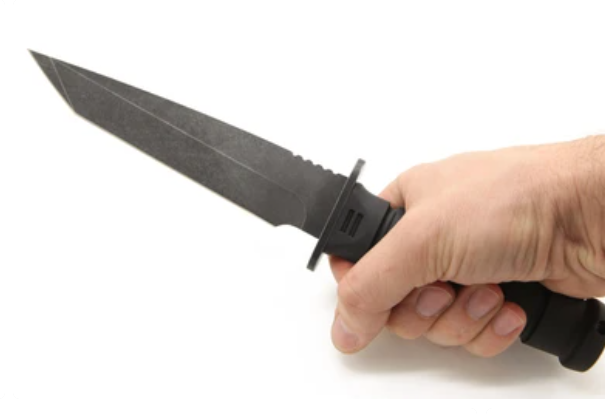There are many factors to consider when thinking about Edge Retention.
Intro.
One of the most important factors when talking knives is its ability to cut and keep cutting throughout the day or even the whole camping or hiking trip. The are many factors that come into play that influence edge retention.
What kind of work will the knife be doing?
The first thing we need to consider are the tasks it will perform. If all the knife is going to do is assist in everyday tasks on a 1 day camping trip you could get away with a little Swiss Army Knife. Depending on which one you buy it usually has a couple of different size blades, something to open your beer bottles, a little saw and maybe a can opener. On the other hand, if you intend going on a week long hike and need it to skin a carcass and butcher the meat. Or create fire wood via batoning tree branches and creating feather sticks we need to start talking more seriously about type of blade steel. On a week long trip your survival might even rely on the functionality of a knife so purchasing the correct knife is important.

How hard should the blade steel be?
There are two main factors when considering edge retention and that is hardness and toughness.
It’s true to say that a very hard steel will hold an edge longer but the harder the steel the more brittle it will be. So we need to make a decision as to what the use will be. We often talk about a ‘trade off’ between toughness and hardness. If it’s too hard HRC60+ the edge may well chip if you do a lot of batonning. So indthis scenario we like to drop the HRC back below 60, it will also be easier to sharpen below HRC60. If the knife is going to be cutting sashimi then a very hard fine edge with an HRC60 and over is ideal, it’s harder, more brittle and a little more difficult to sharpen but there is no risk of chipping the edge or snapping the tip.
What type of steel is it?
Once we know what type of steel the blade is made from we can look it up online and know if it’s appropriate for the intended task at hand. Knife nerds might know right away, others might just rely on the knife seller to advise them.
Carbon or stainless steel?
One thing worth mentioning is the two main types of steel, carbon or stainless steel. High carbon steel will rust if left dirty or damp, stainless will resist this to a large degree but in terms of edge retention it may be possible to get a sharper edge on carbon steel. After all a traditional Japanese katana is made from carbon steel, however they are looked after very well. After each use they must be religiously and properly cleaned and dried, or there will be trouble. So from this perspective stainless steel is much better.
What metal elements are in knife blade steel?
Heat Treatment.
For the blade nerd this is most interesting. Even a high end steel that has been poorly heat treated won’t perform very well. For the average knife buyer who wants a decent camping/hiking knife I don’t think they’ll be that interested in whether or not there is a fine grain structure in the steel. But the facts are that a fine grain structure created from a properly heat treated blade will perform very well to the limits of that particular steel. Proper heat treatment is arguably the #1 most important factor in the performance of a blade.
Blade geometry.
Another thing that plays a part in sharpness and the ability to hold an edge is what we call the blade geometry. If we wanted to, we could sharpen a kitchen knife to 20 degrees and a hunting/camping knife to 15 degrees. We’d be struggling on both counts. The kitchen knife just wouldn’t slice through meat or create sashimi like a standard kitchen knife would and the camping knife would soon chip or the edge might get rounded over and be dull in no time. Generally speaking, the accepted sharpening angles are around 15 degrees for a kitchen knife and around 20 degrees for a hunting/bushcraft knife.
Summary.
As you can see, edge retention can be quite a complex set of factors which influence the thing we call edge retention. Choice of steel plays the biggest part in all of this. In turn the choice of steel will determine the outcome of it’s performance. A knifemaker needs to make sure the intended use is known before its manufacturer. They will consider, budget, blade geometry, the required hardness and toughness.
When it comes to metallurgy the process of refining the types of steel never sits still. As technology progresses the available steels for manufacturers will keep growing and the balance of toughness and hardness will get better.
After all this I’m sure you can now appreciate why some knives are better than others and of course why some cost way more.
Lets say you are looking for a bush-craft knife here are three of my recommendations for under US$100.
I like the look of this one Bestech Hedron, made from D2 steel, G-10 Handle scales and comes with a kydex sheath.
The simple design of this b;lue handled Petrified Fish Beluga , has very nice stainless blade steel Bohler N690, micarta handle scales and a kydex sheath.
If you pushed me for a decision on which of the three I would choose I’d go with this one, the Boker Plus Cowboy Crossdraw , has nice blade steel of 440C, bone handle and a nice leather sheath.
As always happy camping :0)

